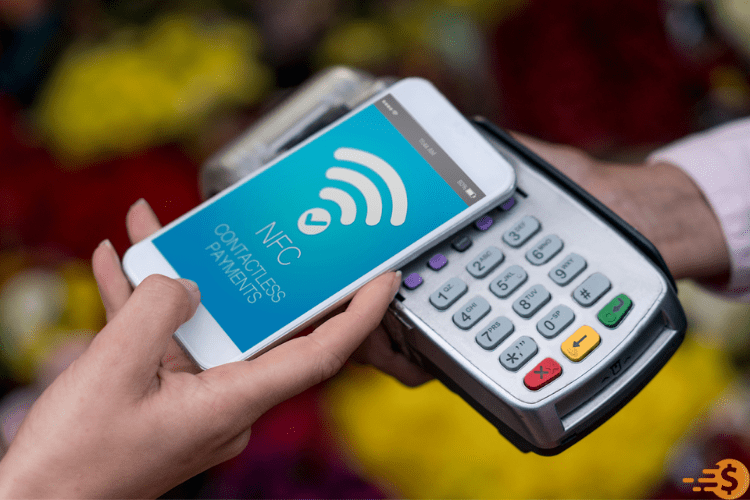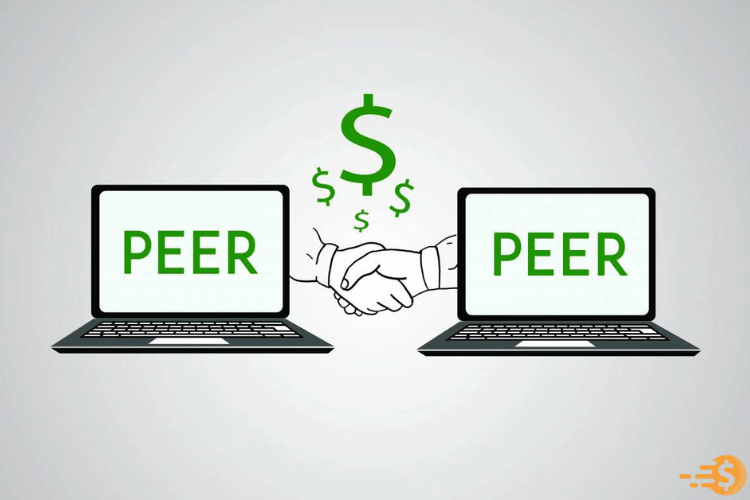In 2024, the economic horizon is progressively defined by digital wallets, changing the method we use money. These electronic platforms provide safe, easy, and efficient solutions for managing finances, shaping the economic outlook for the year ahead. As we delve into the trends driving this change, we uncover innovations such as improved security measures, blockchain integration, and the expansion of peer-to-peer payments. With the rise of Internet of Things (IoT) devices and the possible adoption of central bank digital currencies (CBDCs), digital wallets are poised to become even more ever-present. Join us as we discover the critical role of digital wallets in shaping the 2024 economic landscape.
The Rise of Digital Wallets Economic Outlook 2024
In 2024, digital wallets are about to redefine how we manage money. With their simplicity and ease, digital wallets are reshaping the economic landscape. They provide secure transactions, contactless payments, and customized budgeting tools. As more businesses make use of digital payments, the economy is on the edge of growth. Anticipate seeing expanded integration with cryptocurrencies and improved security features. Digital wallets empower users to navigate financial transactions easily, driving economic efficiency and accessibility. In the coming year, the rise of digital wallets will keep on shaping a cashless future, opening doors to new opportunities for people and businesses as well.

Contactless Payments and NFC Technology
One of the most prominent trends driving the adoption of digital wallets is the transfer towards contactless payments. NFC enables secure, contactless payments using smartphones or other NFC devices, ideal during COVID-19.
Integration with Biometric Authentication
Digital wallets now use biometric authentication (e.g., fingerprint, facial, and iris scanning) for secure authentication, minimizing fraud and unauthorized access. As biometric technology continues to evolve and become more sophisticated, digital wallets will become even more safe and user-friendly.
Expansion of Cryptocurrency Integration
Cryptocurrencies, such as Bitcoin and Ethereum, have gained noteworthy attention as a substitute for digital currency. Many digital wallet providers have started integrating support for cryptocurrencies, letting users store, buy, sell, and exchange digital assets directly within their wallets. The expansion of cryptocurrency integration into mainstream digital wallets reflects the growing acceptance and adoption of digital currencies as legal and genuine forms of payment and investment.
Seamless Cross-Border Transactions
Digital wallets help in convenient cross-border transactions by eliminating the barriers linked with conventional banking systems and currency exchange services. Users can send and receive funds internationally with even greater speed, convenience, and cost-effectiveness compared to conventional remittance methods. Cross-border transactions from digital wallets open new opportunities for global commerce and financial inclusion.
Economic Outlook For 2024 Enhanced Security Measures
In 2024, the economic outlook focuses on improved security measures. With digital transactions becoming famous all over the globe, securing financial information has become even more important. Advanced technologies like multi-factor authentication and biometric verification strengthen confidence in digital wallet systems. Blockchain integration ensures transparency and tamper-proof transactions. As cyber threats evolve, robust security measures protect users’ financial data, developing trust in digital payment ecosystems. Proactive security measures ensure digital resilience in an interconnected landscape.
Personalization and Financial Management Tools
Modern digital wallets provide a broad range of customized features and financial management tools designed to help users better manage their money and keep track of their spending habits. From budgeting tools and expense categorization to real-time transaction notifications and spending insights, digital wallets allow users to take control of their finances and make up-to-date decisions about their money. The integration of artificial intelligence and machine learning algorithms further boosts the capabilities of digital wallets, offering users personalized recommendations and financial advice tailored to everyone’s needs and preferences.
Economic Outlook Integration of Blockchain Technology
In the economic outlook, the integration of blockchain technology guarantees transformative changes. Blockchain’s decentralized ledger system improves transparency, security, and efficiency across different sectors, from finance to supply chain management. Its adoption promotes trust, minimizes costs, and makes processes smooth, revolutionizing how businesses and industries work all over the world. As blockchain applications increase, opportunities for innovation and collaboration abound, shaping a more interconnected and flexible global economy.

Expansion of Peer-to-Peer Payments
Peer-to-peer (P2P) payments have become progressively famous among consumers, particularly millennials and Gen Z, who value ease and urgency in their financial transactions. In 2024, we can expect to see the continued expansion of P2P payment capabilities within digital wallets, letting users send and receive money easily from their mobile devices. This trend is reshaping the way people divide bills, repay debts, and transfer funds to friends and family.
Integration with Internet of Things (IoT) Devices
The Internet of Things (IoT) ecosystem is increasing rapidly, with a growing number of connected devices stepping into the market. In 2024, digital wallets will likely integrate with IoT devices such as smartwatches, smart appliances, and connected cars, enabling frictionless and safe payments in diverse contexts. The possibilities for IoT-enabled payments are never-ending whether it’s paying for groceries with a smart fridge or refuelling a car at a connected gas station.
Adoption of Central Bank Digital Currencies (CBDCs)
Central banks worldwide are exploring the concept of central bank digital currencies (CBDCs) as a means to revolutionise their monetary systems and deal with the challenges posed by cashless societies. In 2024, we may see the emergence of digital wallets that support CBDCs, letting users transact directly with digital representations of fiat currencies issued by their relevant central banks. CBDCs have the potential to improve financial inclusion, minimize transaction costs, and simplify cross-border payments.
Economic Outlook 2024 Key Trends
In 2024, key trends determining the economic outlook consist of digital transformation driving innovation and efficiency, sustainable development initiatives nurturing green growth, globalization’s evolving dynamics in the middle of the geopolitical transfer, technological advancements revolutionizing industries, demographic changes affecting labour markets, resilience strategies post-pandemic, and the rise of emerging markets as economic powerhouses. These trends reflect a complex interplay of factors influencing global economic trajectories, urging stakeholders to adapt, innovate, and collaborate to navigate doubts and grab opportunities in the quickly evolving economic landscape of 2024.
Conclusion
Digital wallets are poised to play a critical role in shaping the economic outlook for 2024 and beyond. Technology, security, and convenience are driving innovation in digital payments, changing the way we manage our finances. Digital wallets will enhance financial inclusion, efficiency, and accessibility globally. To fully utilize digital wallets, keeping up with the latest trends and developments is crucial for both consumers and businesses.
FAQs
How Digital Wallets are Redefining Financial Accessibility?
Digital wallets are expanding financial access by providing easy, safe, and user-friendly platforms for managing money. Digital wallets enable mobile payments and fund transfers, promoting financial inclusion globally.
What is the worldwide outlook for 2024?
The worldwide outlook for 2024 encompasses a diverse array of economic, social, and political factors. The World Economic Outlook anticipates a 3.1% expansion in global growth for 2024, marking a 0.2 percentage point increase from the prior projection in October. However, this figure remains consistent with the growth reported last year, and it still lags behind the 3.8% average annual growth observed before the pandemic.
Which economy is experiencing rapid growth in 2024?
In 2024, the economy of India is experiencing rapid growth. With various reforms and investments in key sectors, India’s economy is projected to expand significantly, positioning the country as a major driver of global economic growth.
What are the top 7 economies in 2024?
The top 7 economies in 2024 include the United States, China, Japan, Germany, India, the United Kingdom, and France. These countries represent some of the largest and most influential economies on the global stage.







